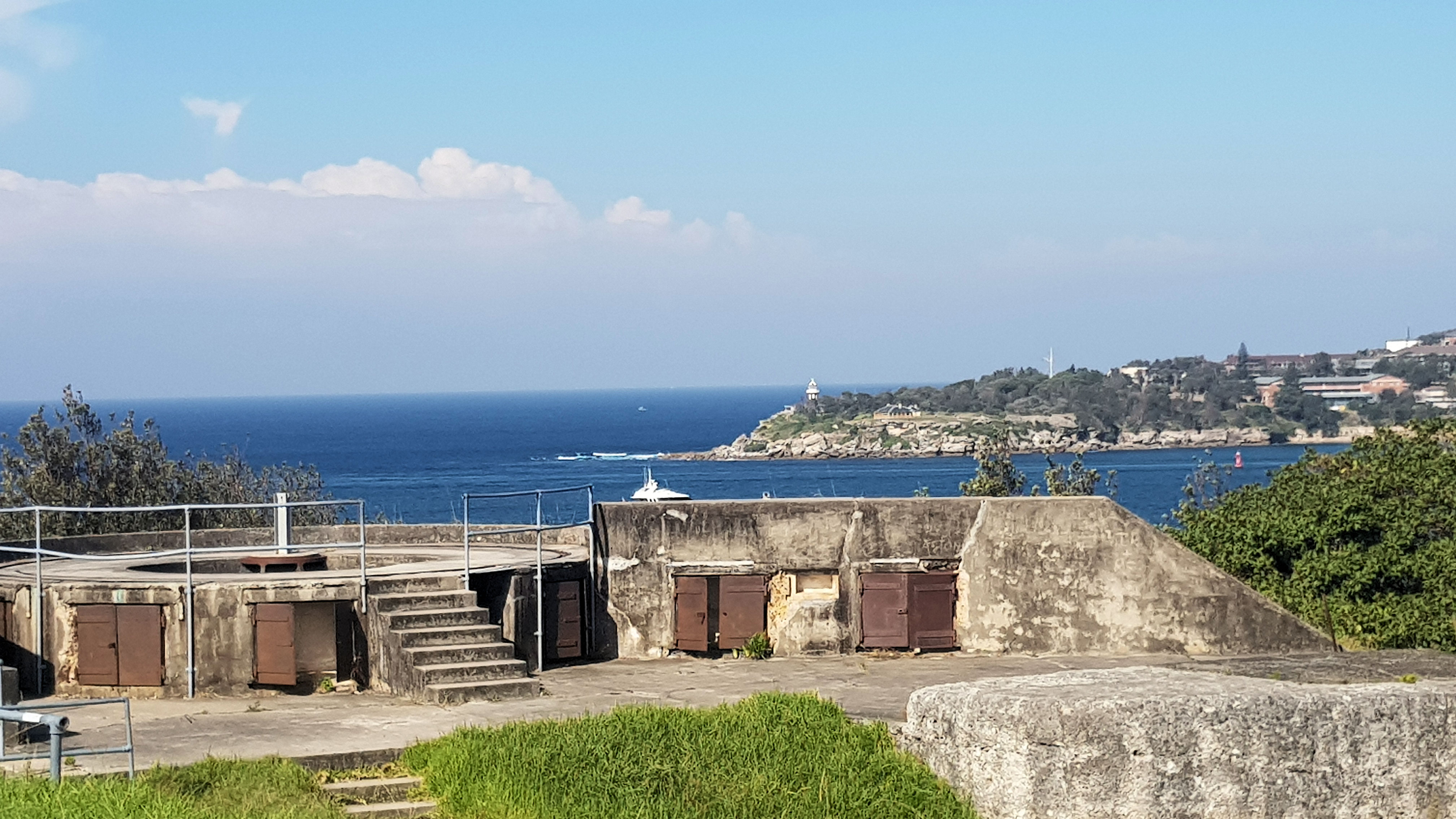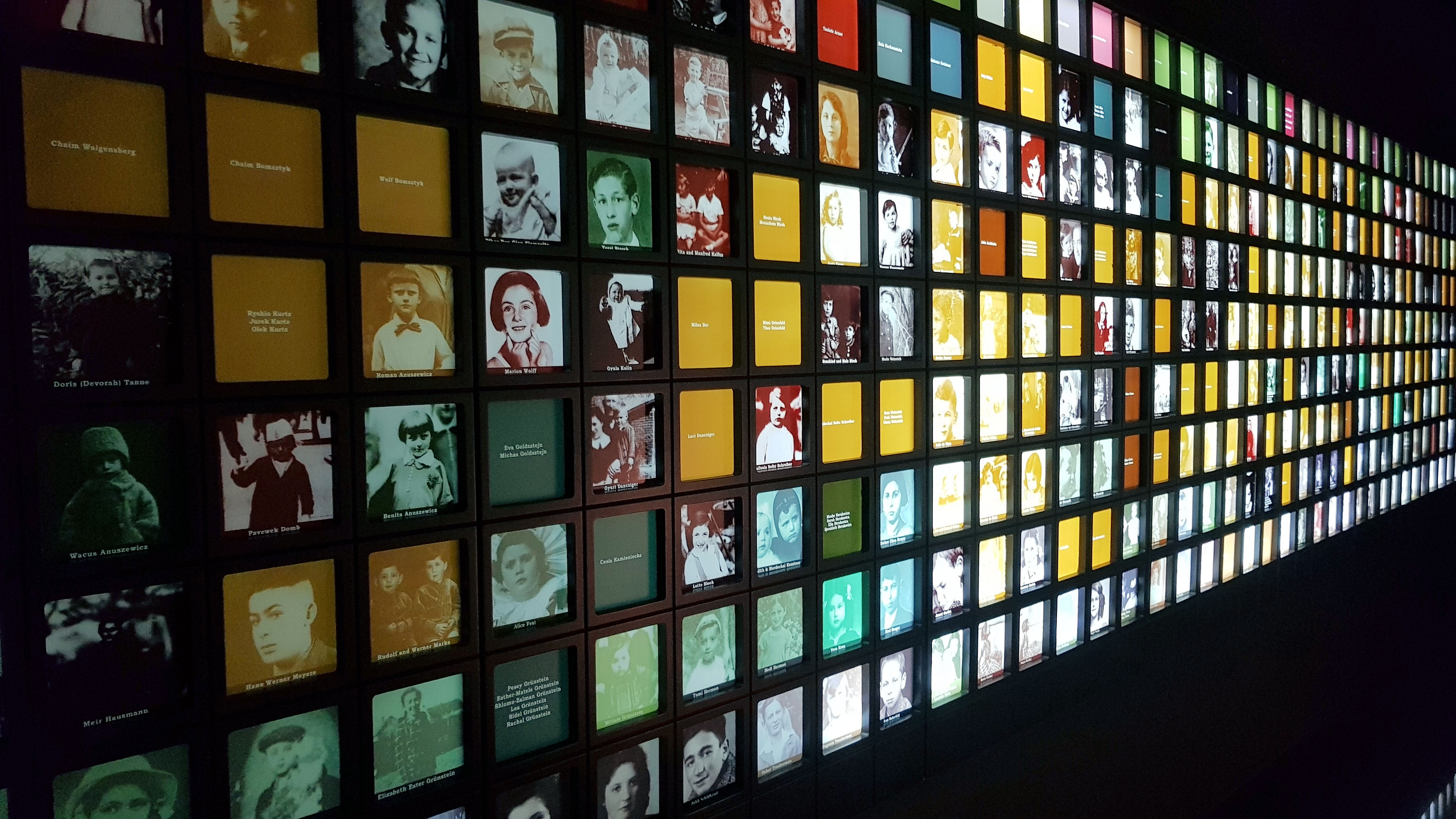Category: Museum
-
Middle Head Sydney Harbour

Middle Head Middle Head on Sydney Harbour houses the remains of Sydney’s original fortifications. Designed to repel an invasion from the sea, these huge concrete structures no longer have their guns, but remain as a reminder of times when Australia thought it was going to be invaded. The Royal Australian Navy still has a presence… Read more
-
Sydney Jewish Museum

Sydney Jewish Museum The Sydney Jewish Museum not only maintains the memory of the Holocaust, but also celebrates the contribution of the Jewish community to the development of Australia. Getting There and Access Security is understandably very tight, with buzzer access to the building and strict bag searches enforced. This is done in a friendly… Read more
-
Bowenfels Gun Emplacements

Bowenfels Gun Emplacements The Bowenfels Gun Emplacements were constructed during World War 2, to protect the Small Arms Factory and coal production at a Lithgow. These industries were important to Australia’s war effort. The potential of an attack due to improvements in aircraft technology led to the construction of air defenses. Placed around Lithgow, two… Read more